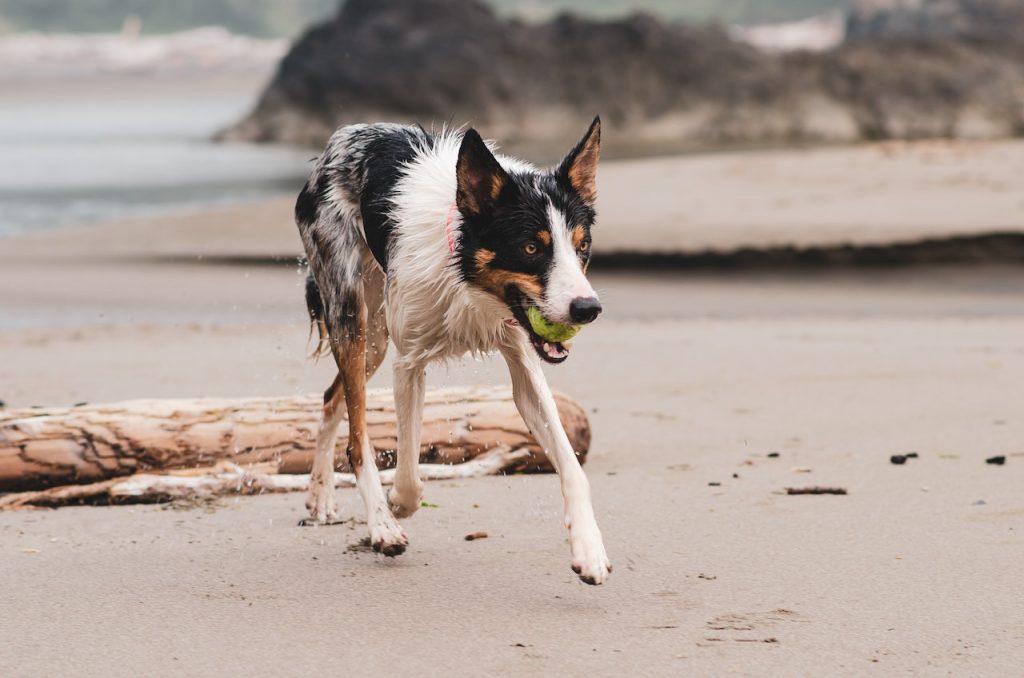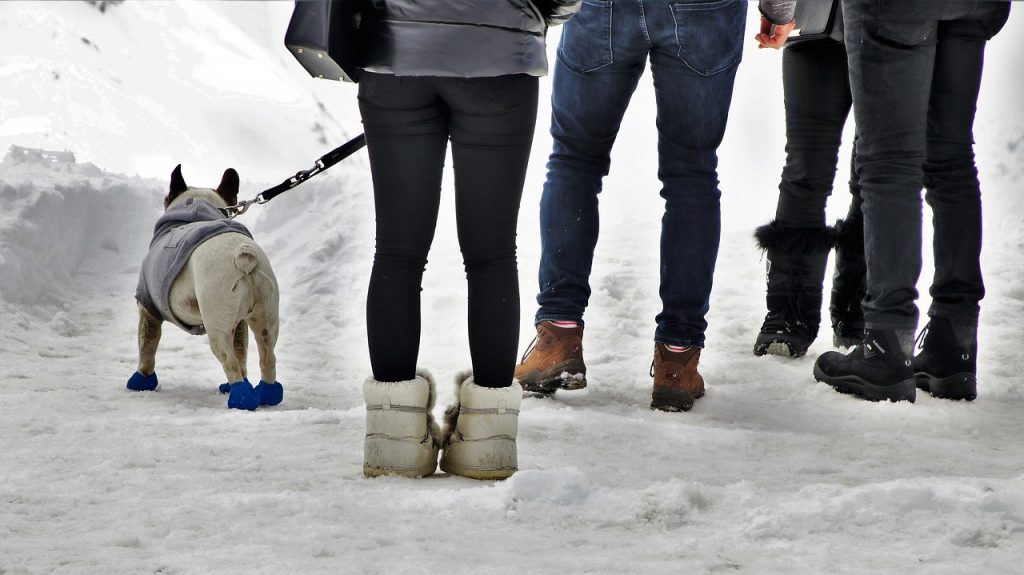Embarking on a digital nomadic life with your pet offers an exhilarating blend of freedom and companionship. This journey, while adventurous, demands meticulous planning and consideration for the unique needs of your furry friend so that the two of you can live and work in harmony. This guide, illuminates the path to a seamless transition into this lifestyle, focusing on sustaining both your professional and pet care responsibilities.
Secure a Steady Earning Stream
You need a stable income to support both you and your pet. Venturing into the realms of freelancing or remote work offers flexibility and financial stability. Prioritize finding a job that not only aligns with your skills but also accommodates the needs of your pet. This approach ensures a comfortable lifestyle for both of you, allowing for unforeseen pet-related expenses and ensuring a smooth nomadic journey.
Hone Your Digital Proficiency
In the digital nomad world, technological adeptness is not just an asset, it’s a necessity. Elevate your efficiency by mastering collaboration tools and time management applications. Excelling in these areas not only streamlines your workflow but also affords you more quality time with your pet. Your ability to effectively manage your professional life directly impacts the quality of your nomadic experience.
Elevate Your Career with Online Education
Investing in your education, like pursuing an online degree, can significantly expand your job prospects. This particular field offers diverse opportunities, and the benefits of an online cybersecurity degree extend beyond lucrative job offers. It empowers you with the flexibility to learn while traveling and ensures a career that complements your nomadic lifestyle, keeping you and your pet on the move. Take a look at accredited institutions and learn more about your tuition options.

Understand Pet-Related Laws and Travel Protocols
Navigating the legalities of pet travel is crucial. Research and comply with the pet ownership laws and travel regulations of each destination. Understanding these rules ensures a hassle-free journey, keeping you and your pet safe and stress-free. This knowledge is indispensable for a seamless transition across borders and cultures.
Seek Pet-Friendly Accommodations
When traveling with your pet, their comfort is paramount. Opting for accommodations that are not just pet-friendly but also provide amenities conducive to their well-being. Choosing the right living space reduces stress for your pet and enhances your shared experience, even if it’s only temporary. This foresight ensures a harmonious balance between your travel aspirations and your pet’s comfort.
Maintain Pet Health and Safety
Ensure your pet’s vaccinations are always current and think about microchipping for their safety. Such proactive steps are crucial for the uncertainties of a nomadic lifestyle. This strategy offers you reassurance, as your pet remains safeguarded against various health hazards. Additionally, in case you’re separated, the microchip allows for easy identification and reunion with your pet.
Plan for Veterinary Care
You should expect to require veterinary services during your travels and take time to identify clinics and hospitals in your upcoming destinations. Keeping your pet’s medical records handy is crucial for any unforeseen circumstances. Get to know the veterinary care available in each area you visit, as this knowledge is key in emergency situations. This proactive approach helps in providing quick and efficient care for your pet when needed. By doing so, you ensure your pet’s health is protected as you both venture into new and exciting territories.
In your pursuit of a digital nomadic lifestyle with your pet, balance is key, blending your professional duties with attentive pet care. Thorough planning and insight into your and your pet’s needs are vital for this unique way of life. As you embark on this journey, focus on the preparations essential for both your success and your pet’s well-being.
Puppy Education offers a variety of safety and health tips for pet owners that can help them give their dog the best possible life. Take a look today and get in touch with any questions.


